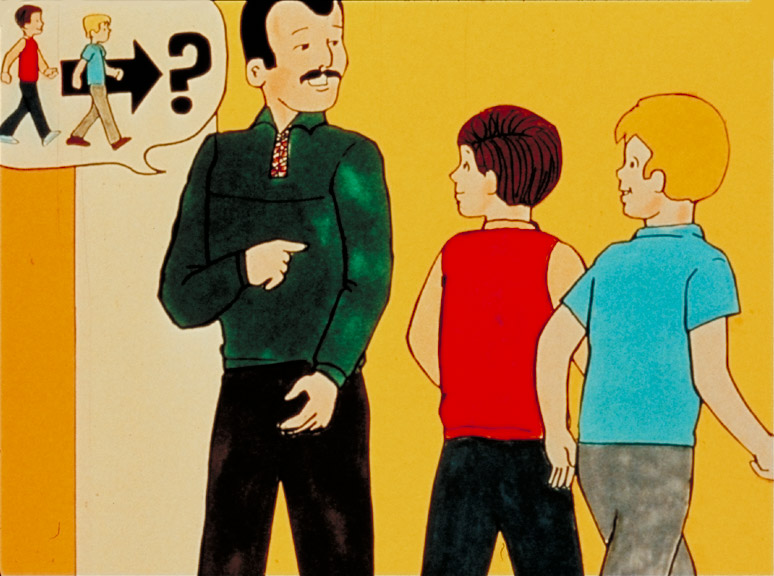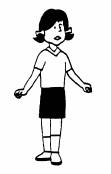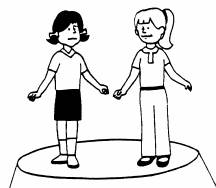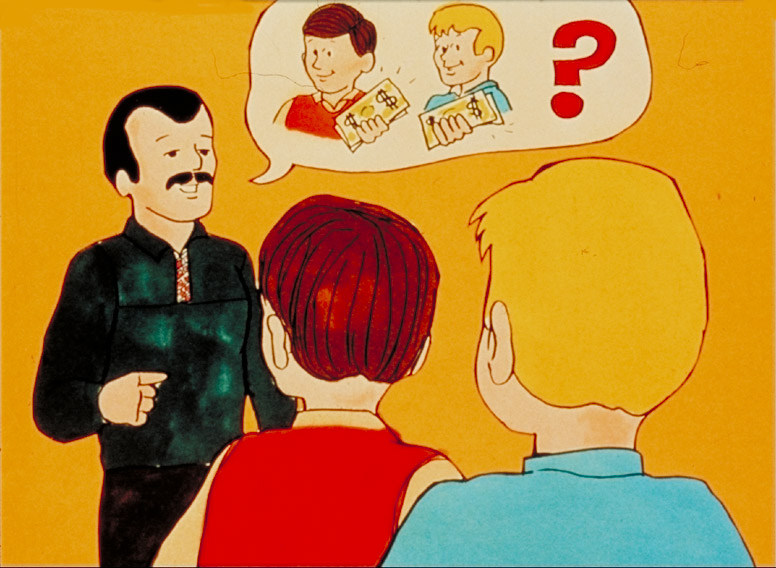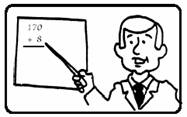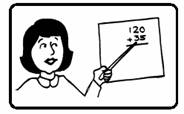 |
|||||||||||||||||||||||||||||||||||||||||||||||||||||||||||||||||||||||||||||||||||||||||||||||||||||||||||||||||||||||||||||||||||||||||||||||||||||||||||||||||||||||||||||||||||||||||||||||||||||||||||||||||||||||||||||||||||||||||||||||||||||||||||||||||||||||||||||||||||||||||||||||||||||||||||||||||||||||||||||||||||||||||||||||||||||||||||||||||||||||||||||||||||||||||||||||||||||||||||||||||||||||||||||||||||||||||||||||||
Lesson 2 also introduces the numbers 1 – 100 in Ukrainian.
This unit presents a number of nouns in their plural form. Most nouns have both a singular and a plural form, as shown in the examples below.
In Unit I you were introduced to the masculine singular noun хлопець. In Unit IV you are presented with the plural form, as follows:
In the sentence above, the plural form appears in the Vocative Case as Mr. Kozak speaks to both boys. Please note that the word хлопці is exactly the same in the Nominative and Vocative plural forms. You must study its use in the sentence in order to determine if the word is in the Nominative plural or Vocative plural. You will recall that in Unit III, you were introduced to the word квитки. This plural form may now be explained more fully, as follows:
You were introduced to the singular feminine form for the word дівчина. The plural appears below.
As with certain English nouns, several Ukrainian nouns take only the plural form. The word money in both English and Ukrainian is such a noun.
In Ukrainian, to indicate the feminine gender of a masculine noun, often the suffix ка is added to the masculine form. Note the following example for the noun учитель (teacher):
You will also notice that the above noun may begin with the letters у or в. It follows the same set of rules which were applied to the preposition у(в) introduced in Unit III. IV. Exercise 2.i Place the given nouns in the appropriate column. Determine whether the noun given is masculine singular, feminine singular, or the plural form.
IV. Exercise 2.ii Complete the exercise by substituting the correct pronoun for the noun(s) given.
IV. Exercise 2.iii Complete the exercises by inserting the correct pronouns.
Числа – Numerals In the Cultural Enrichment segment of this unit, you were introduced to the numbers 1-100 in Ukrainian. You were asked to practise writing out the numbers in their full form and to memorize their Ukrainian names. If you are still having some difficulty, go back to the Cultural Enrichment segment and review, review, review, until you feel that you have mastered the Ukrainian numbers. Your instructor will also review them with you in your audio-conference sessions. There are several important rules to follow with certain numbers patterns in Ukrainian. Similar patterns do not exist for English nouns, where the addition of the letter s or es for plural forms is usually sufficient.
In Ukrainian, number forms change to agree with the nouns with which they are used. Note the following example with the masculine noun квиток (ticket)
The Ukrainian word for dollar is a cognate* - долар (alternate form доляр). This masculine noun also changes according to the pattern given above.
cognate: words from a common origin; words which stem from a common root in more than one language. For our purposes in this course, these are words which resemble their English counterparts, such as dollar-долар, concert-концерт, sport - спорт, tennis - теніс. IV. Exercise 2.iv Practise reading the following phrases. In part A, the full word for the number is given. In part B, you will need to insert the correct word for the number which appears. In part C, numbers have been taken out of sequence to give you more practise with automatic recall. Part A
Part B
Part C
IV. Exercise 2.v Complete the following exercise by filling in the numeral or the full word for the number given, as in the examples shown below.
|
|||||||||||||||||||||||||||||||||||||||||||||||||||||||||||||||||||||||||||||||||||||||||||||||||||||||||||||||||||||||||||||||||||||||||||||||||||||||||||||||||||||||||||||||||||||||||||||||||||||||||||||||||||||||||||||||||||||||||||||||||||||||||||||||||||||||||||||||||||||||||||||||||||||||||||||||||||||||||||||||||||||||||||||||||||||||||||||||||||||||||||||||||||||||||||||||||||||||||||||||||||||||||||||||||||||||||||||||||
|
|||||||||||||||||||||||||||||||||||||||||||||||||||||||||||||||||||||||||||||||||||||||||||||||||||||||||||||||||||||||||||||||||||||||||||||||||||||||||||||||||||||||||||||||||||||||||||||||||||||||||||||||||||||||||||||||||||||||||||||||||||||||||||||||||||||||||||||||||||||||||||||||||||||||||||||||||||||||||||||||||||||||||||||||||||||||||||||||||||||||||||||||||||||||||||||||||||||||||||||||||||||||||||||||||||||||||||||||||

